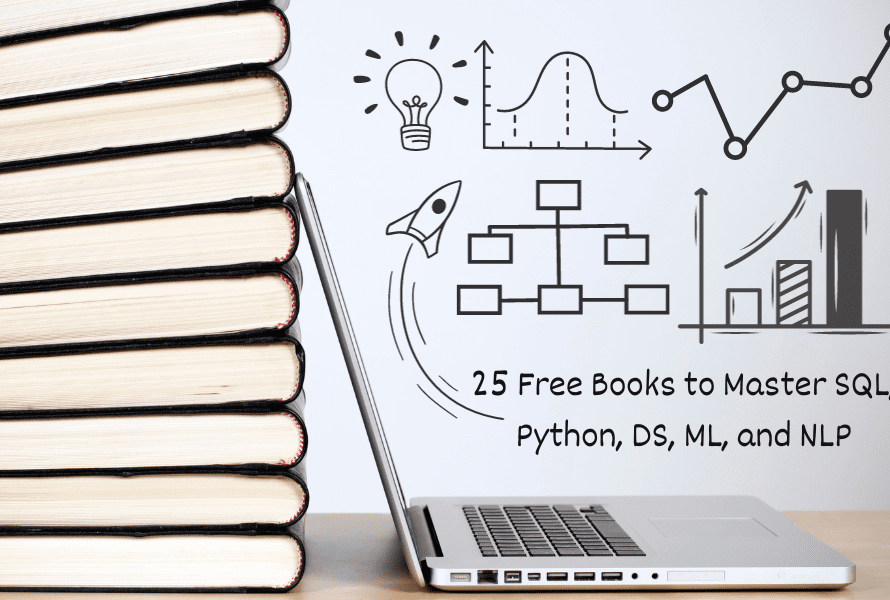
Image by Editor
Data science is an ever-evolving field, and the constant influx of data makes it a compelling case to solve complex problems with innovative solutions. One such solution that has gained attention in recent times is ChatGPT. This powerful language model, developed by OpenAI, has shown remarkable natural language understanding and generation capabilities.
While ChatGPT is primarily used for conversation and text generation tasks, data scientists can leverage its potential in their workflows to streamline and enhance their work, making their processes more efficient and productive.
This article highlights the skills data scientists can learn to make the most use of the prowess of ChatGPT.
ChatGPT can be a versatile assistant capable of generating code, explanations, and insights. Effective ChatGPT prompting can be helpful in data science workflows and code debugging. Further, iterative and experimental prompting techniques can generate more accurate and insightful responses from ChatGPT.
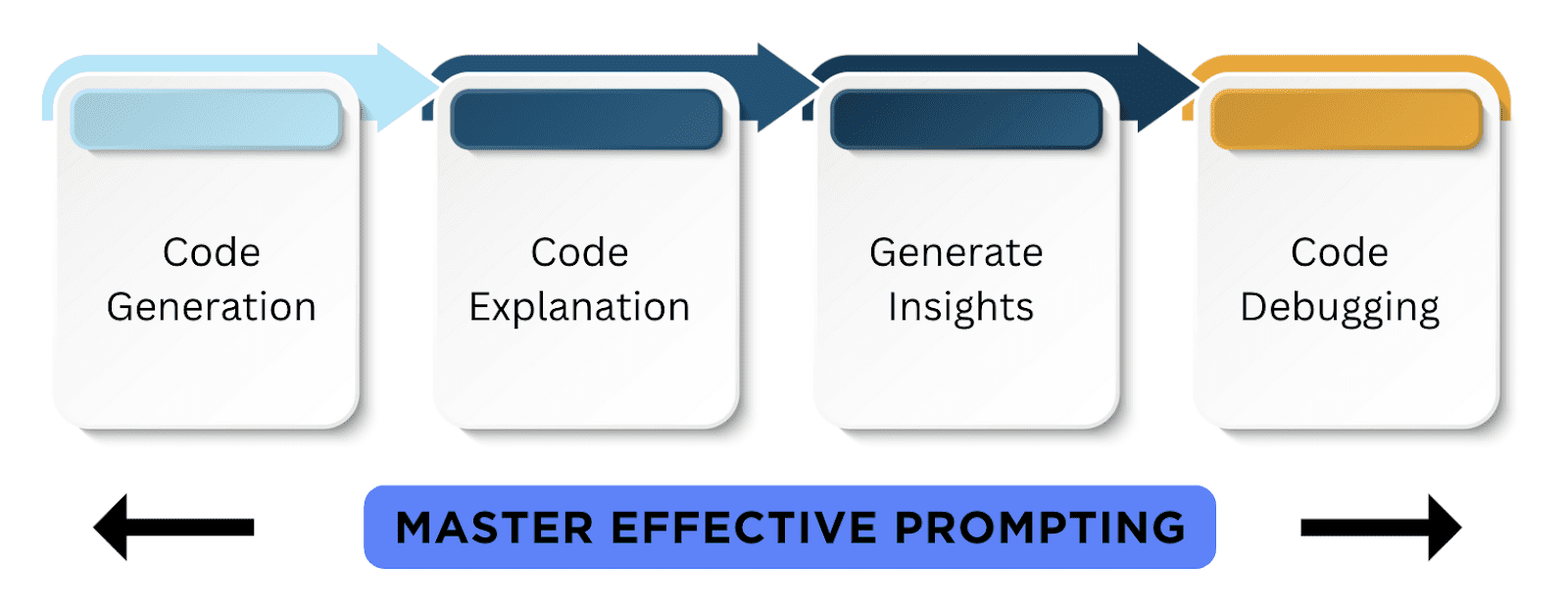
Image by Author
Mastering Prompting Techniques
Some of the common ways to effectively prompt ChatGPT are listed below.
- Iterative Prompts: It involves crafting prompts that build upon previous responses, fostering a conversational flow.
- Experimental Prompts: Similar to the iterative and experimental development of machine learning models, data scientists can also experiment with prompts with varying levels of guidelines. This is an essential skill for budding data scientists, primarily because ChatGPT tends to assume any missing information rather than ask for it. A typical example would be an instruction asking ChatGPT to read a file and do some processing over the data, which can result in it assuming that the input file is a CSV. This may or may not be true, depending upon your use case. Thus, experimenting with incremental guidelines is often a best practice.
- Zero-Shot and Few-Shot Learning: When the model does not see any example but receives instructions to respond, such direct prompting is called zero-shot learning, while few-shot learning involves providing a few examples for the model to learn from before being prompted.
Effective prompting techniques are essential to extract meaningful information from ChatGPT. We can explore various methods of crafting clear and precise prompt instructions for the desired results.
- Understanding the use of delimiters to structure instructions and queries effectively is essential.
- Learn how to specify input arguments, required steps, and the return data structure of a data science workflow’s function in prompts.
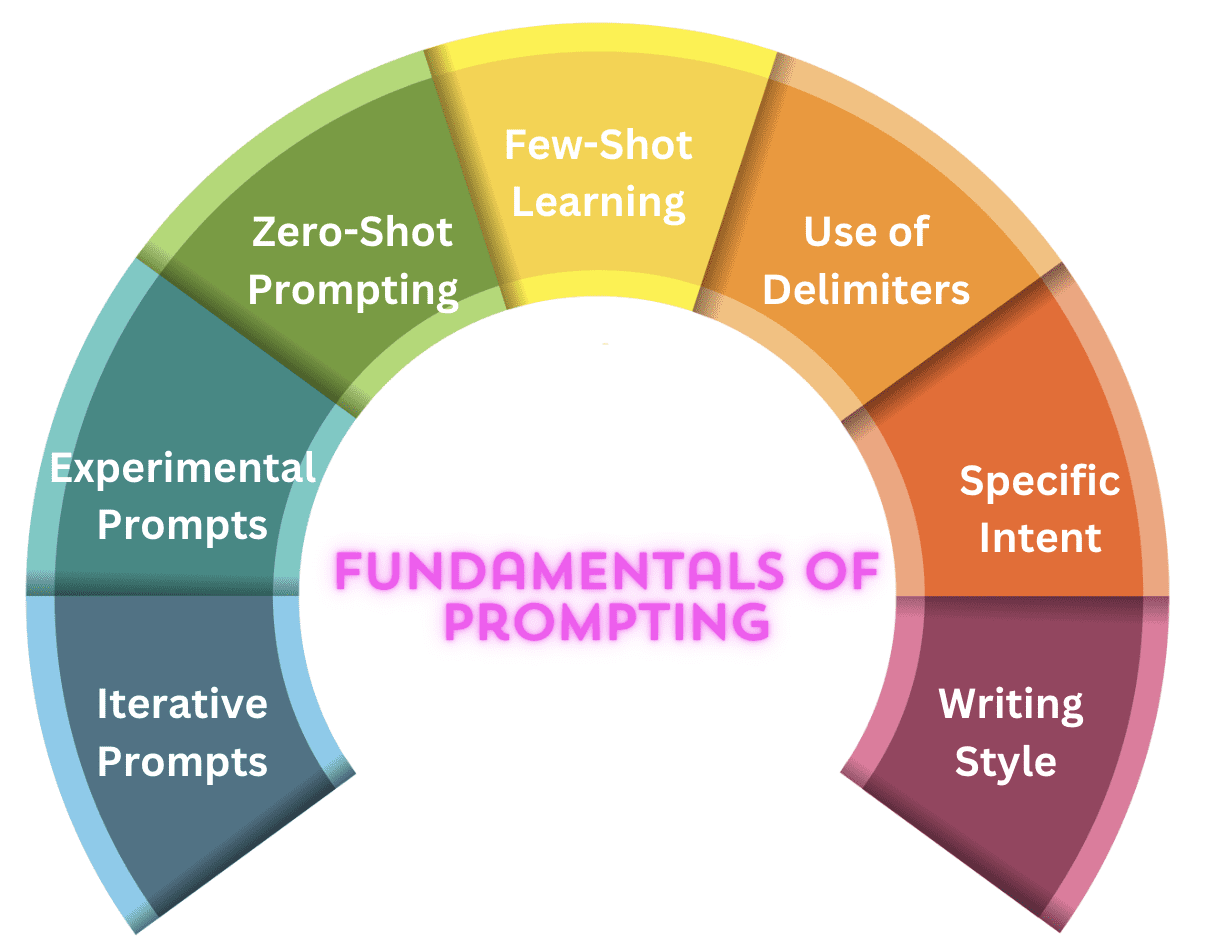
Image by Author
Streamlining Code Review Workflows
Efficient code reviews are crucial for the success of data science projects. As data scientists, we can prompt ChatGPT to enhance code review workflows, adhere to coding standards, and debug code effectively.
Chain-of-thought (CoT) prompts can be designed for code quality improvement. As a quick reference, CoT is a technique that invokes the reasoning process of LLMs by providing them with a few-shot examples, explicitly outlining the reasoning process. The model then follows a similar reasoning process to answer the prompt, thereby improving the model’s performance on tasks that require complex reasoning.
Code Explanation and Simplification
The data science code can sometimes get complex and challenging for a not-so-tech-savvy audience to understand. ChatGPT can explain or simplify complex code, making it more readable and understandable. CoT prompts are helpful for code explanation and simplification.
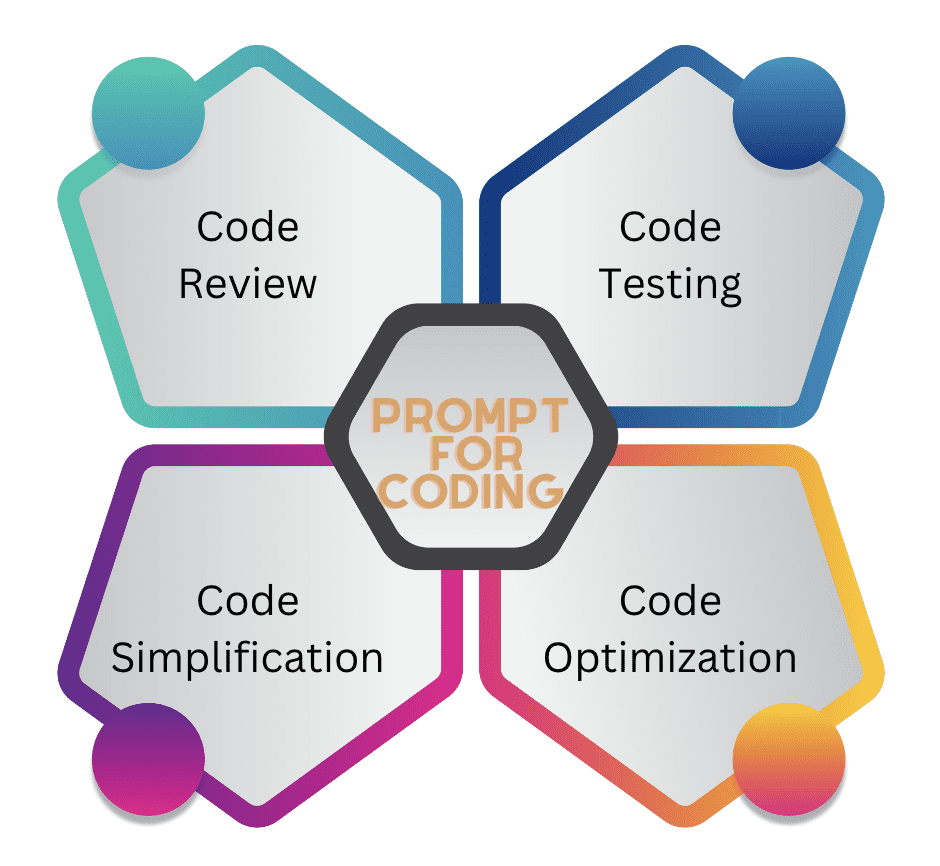
Image by Author
Optimizing Code
Optimizing code for efficiency is a critical aspect of data science workflows. ChatGPT can be used to write efficient code and explore the possibilities of alternative solutions.
Effective CoT prompts are used to propose efficient alternative code along with an explanation. Data scientists can also learn to develop prompts that encourage writing efficient code, utilizing keywords like “algorithmic efficiency” or suggesting alternative data structures.
Code Testing and Validation
Data scientists also use ChatGPT to design practical tests and assertions, generate code tests, and validate the correctness of the code.
Zero-shot prompts prove quite effective in writing assert statements for commonly used functions in Python. Developing prompts for generating unit tests to validate a code block is also a good use of ChatGPT.
SQL Data Analysis
SQL is a fundamental tool in data analysis, and ChatGPT can assist in generating SQL queries for various tasks. Data scientists can explore drafting zero-shot CoT prompts to generate SQL statements for querying specific data conditions.
Further, they can also design prompts for SQL commands that perform data aggregation.
Data Translation and Manipulation
Translating and manipulating data between different formats and languages is common in data science. Data Scientists can utilize ChatGPT by learning to design few-shot comparative and conditional prompts to translate complex SQL queries into corresponding Python code.
They can also apply zero-shot and few-shot prompting techniques to compute aggregated values for different fields and manipulate data effectively.
Data Transformation and Reshaping
ChatGPT can also be prompted to assist in data transformation and reshaping tasks, which are quite frequent for data analysis. We can apply context-driven zero-shot prompting techniques to consolidate data from different sources. Further, few-shot prompts are also designed to create confusion matrices or pivot tables to reshape data as needed.

Image by Author
Data Preprocessing
We can employ ChatGPT to identify missing fields and determine outliers. Effective prompts can also be designed to impute missing data using mean and median values.
Data Visualization
As data practitioners, we can compose context-driven prompts to generate code for creating various plots, charts, and graphs. Plot formatting and annotation with relevant labels, legends, and titles to improve data representation is also possible through prompting ChatGPT.
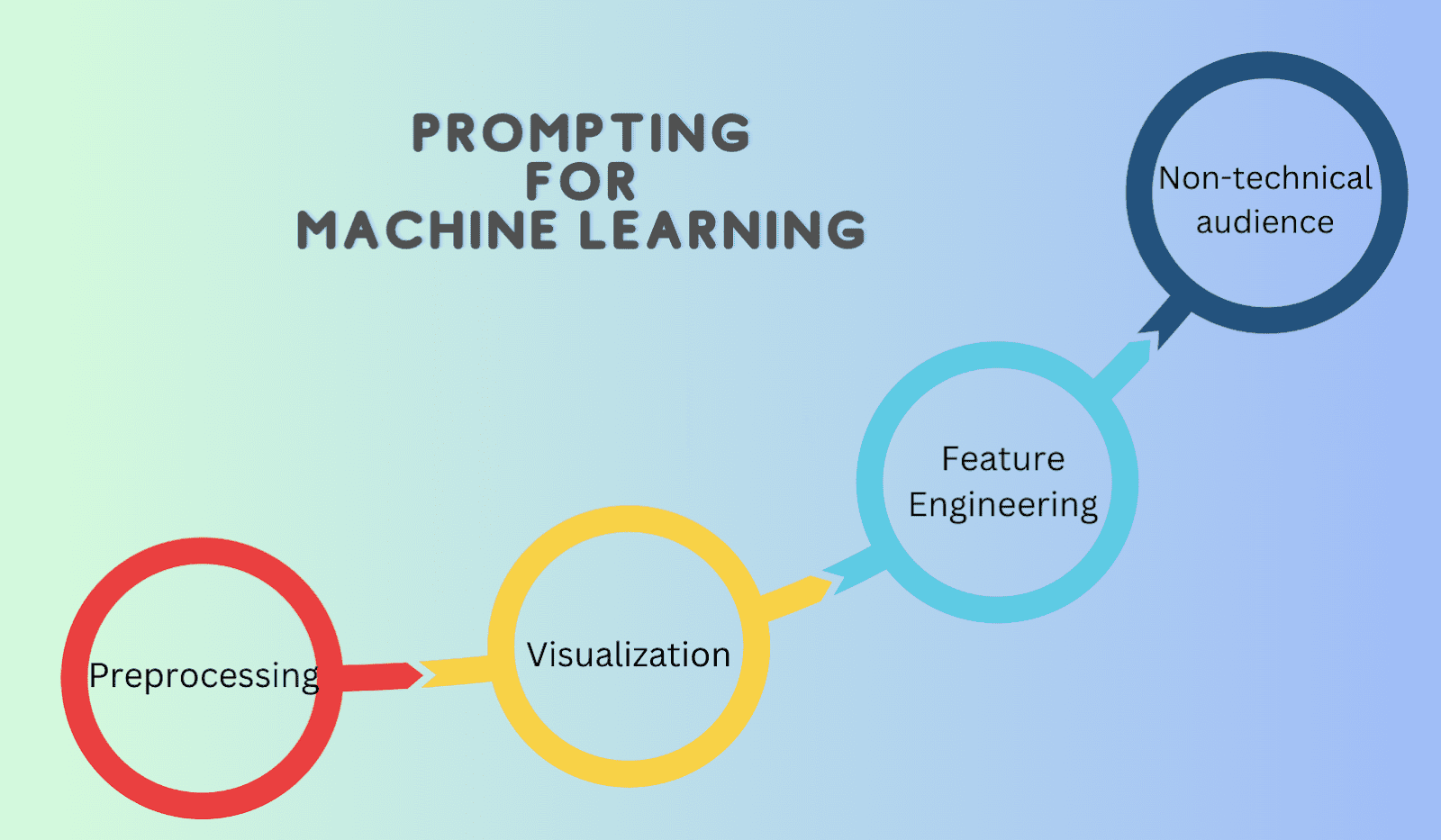
Image by Author
Feature Engineering
Feature engineering is one of the most sought-after skills in a data scientist’s toolbox. ChatGPT can assist in generating meaningful features for machine-learning models, such as creating time-based engineered features. Common time-based features from date-time columns include day of the week, month, and year.
Additionally, general feature engineering benefits from ChatGPT, like binning, normalization, and categorization.
Reporting for Non-Technical Audiences
ChatGPT can identify the key differences between technical and non-technical communication styles and recognize the importance of tailoring communication for specific audiences. Context-based iterative prompts can help explain data science insights using terminologies and KPIs suitable for non-technical stakeholders.
With this, we conclude this post by discussing the various prompting techniques to effectively utilize ChatGPT in data science workflows. This exhaustive roadmap covers how ChatGPT can be a valuable tool to enhance productivity and efficiency for coding, data analysis, machine learning, or storytelling.
Vidhi Chugh is an AI strategist and a digital transformation leader working at the intersection of product, sciences, and engineering to build scalable machine learning systems. She is an award-winning innovation leader, an author, and an international speaker. She is on a mission to democratize machine learning and break the jargon for everyone to be a part of this transformation.



